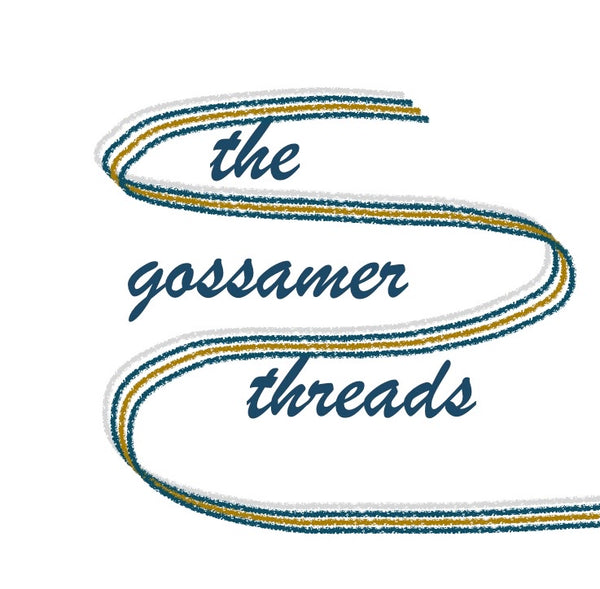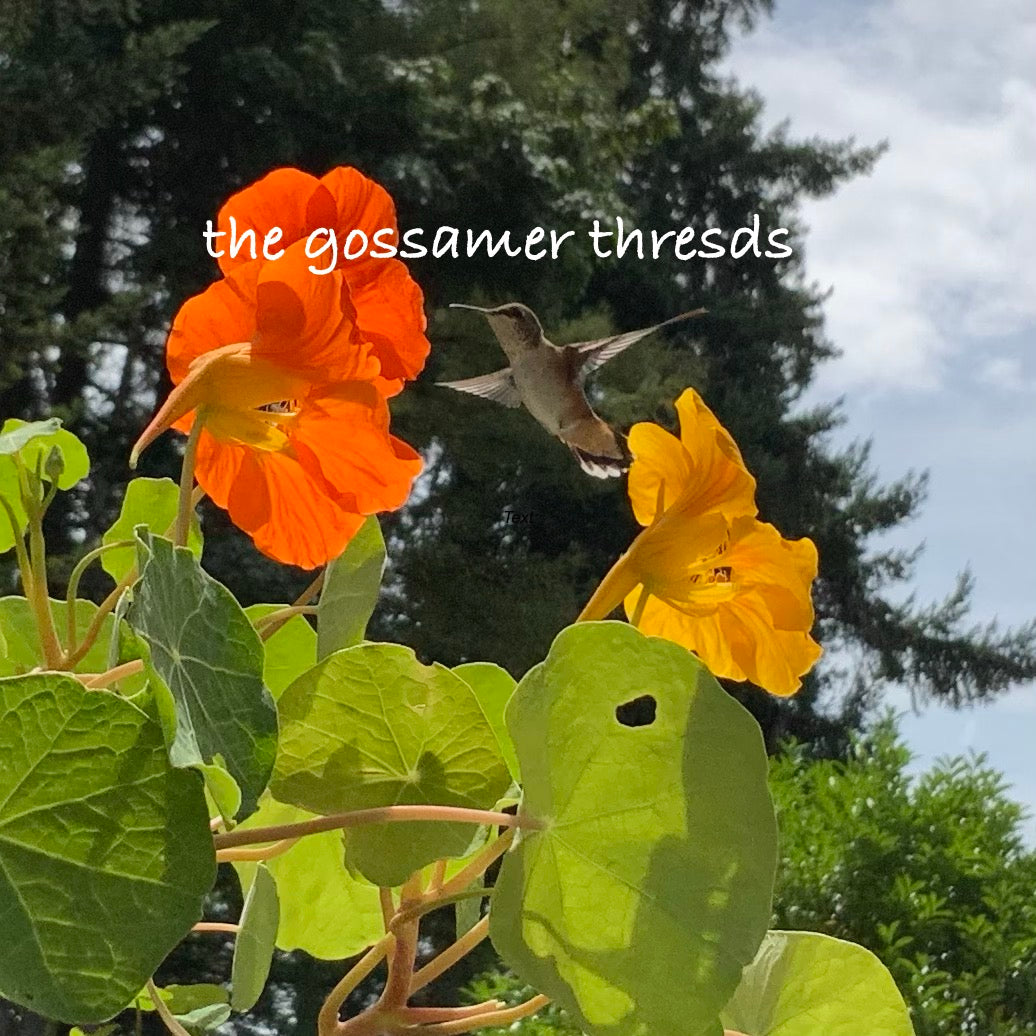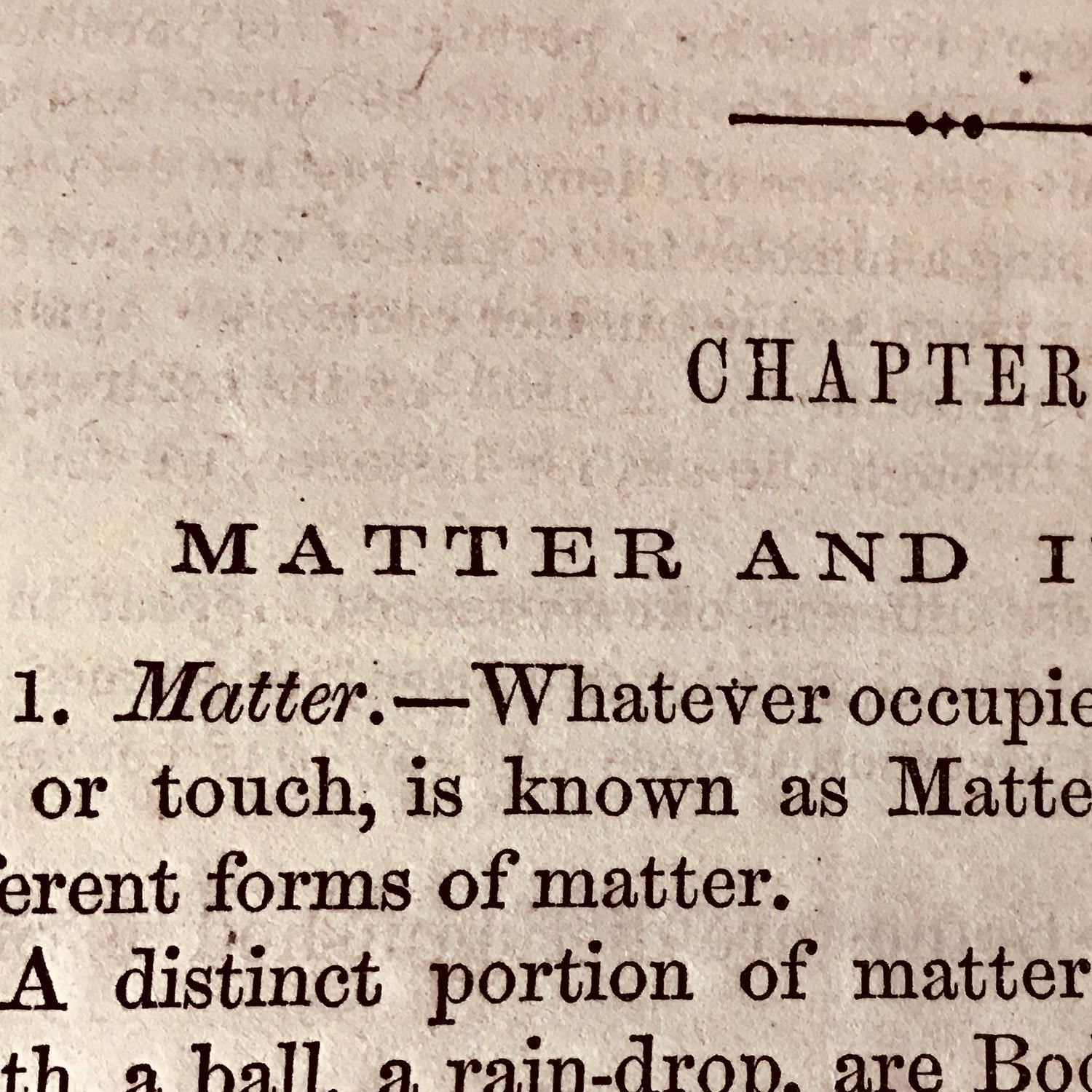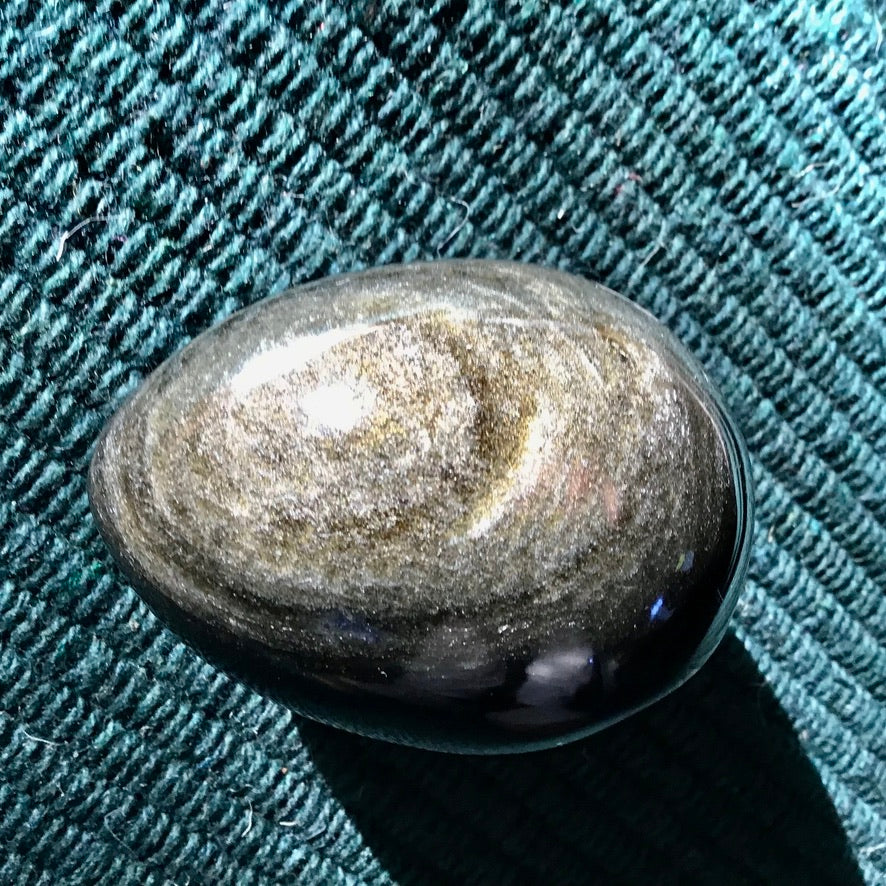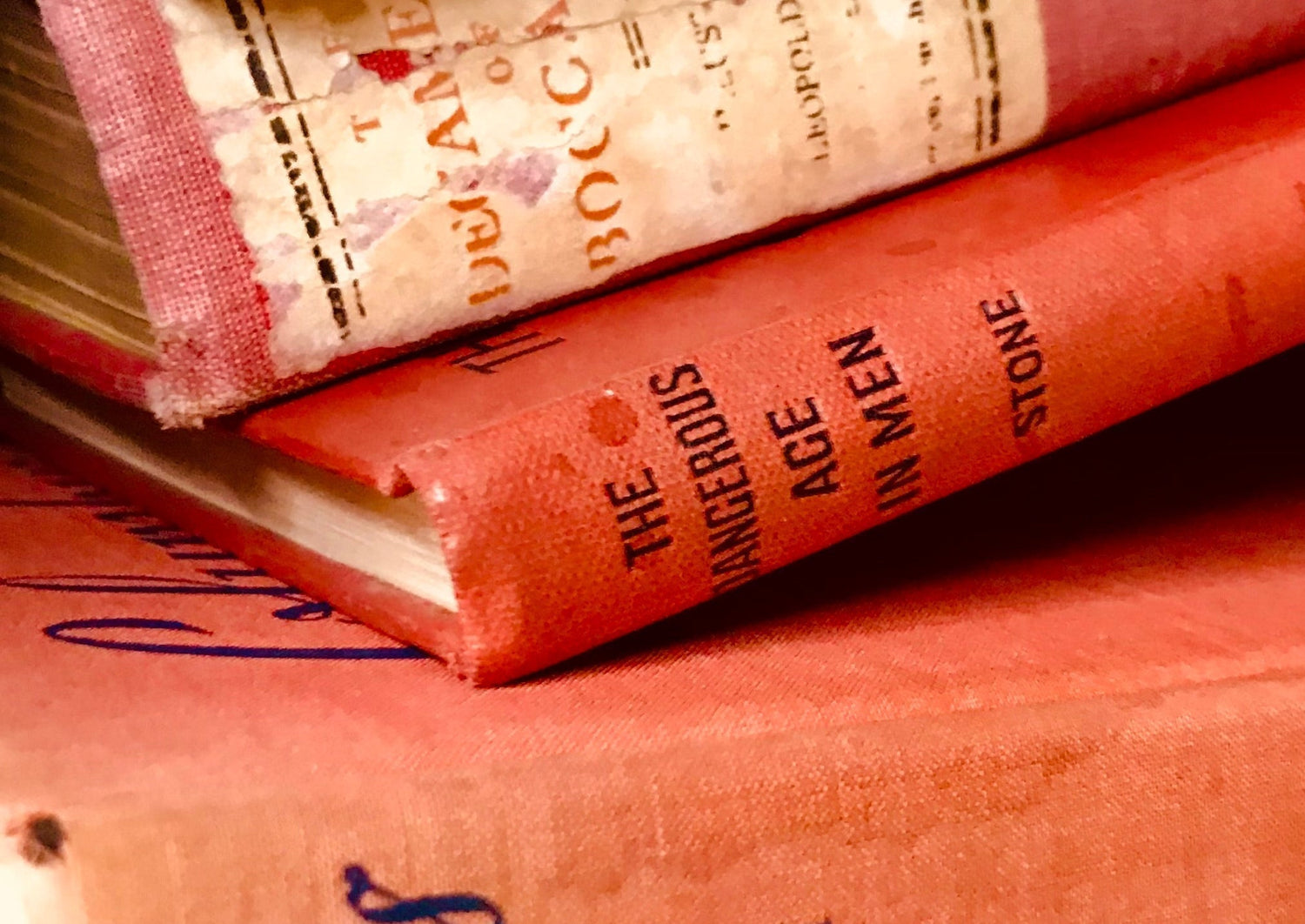Manly P Hall is best known for his book The Secret Teachings of All Ages. Anyone who has delved into secret teachings of any age may wonder if there are more secrets than teachings. Reading the biography of Hall is something like this. Is there an untold story behind the main story line, of course. The book's title, Master of the Mysteries, could convey either of the two story lines depending on how you read it, or him.
Many books tell about the secrets but not the secrets. So it is with this biography of Hall's story. Honestly, when it comes to biographies I am not sure I want to know the secrets. I read biographies sometimes but I first like to know about the writer of the biography. In this regard my favorite has been that of Edward Bulwer Lytton, a contemporary of Dickens writing in the 1800's. Lytton left instructions in his will on the subject of a biography, if his son chose to write one. But in the event he didn't choose to write it, NO ONE ELSE should be allowed to. His son did write the biography, and that is how we know this detail.
Louis Sahagen does do a good job of reporting to us about the life of Manyly Hall. What I got from the report was that sadly it lacked the presence of any one person who loved Manly, and who could relay who he was. I think the whole of Los Angeles was his intimate and extended family.
Hall's life played out alongside the early life and development of Hollywood. Southern California was becoming a scene, he was one of the players. He was, in his day, a celebrity. His biographer was a writer for the Los Angeles Times. He wrote stories for the Times for 43 years. He became a part of the Los Angeles scene in the 1970’s as Hall was fading from it.

Manly P Hall came to Los Angeles in 1919 at the age of 18. He died there in 1990, at the age of 89. He had a long run. Ultimately I think he was a good man cast in or caught in a complex role. In 2008 Louis Sahagen published his biography telling the public the things we didn’t know about him. One of the pages says
"Manly P Hall was a shaman and a showman".
If you decide to read the book about Hall be prepared for the teaching of that secret.
If you are a huge fan of Manly Palmer Hall and want to maintain the ideals cultivated about him then it would be better not to read the biography. But if you understand that the time and place is as much a character in the story as the subject of the biography himself, then it will be an insightful view into the world he lived in. This place was Los Angeles California, the time was most all of the 20th century, 1919 to 1990.
Manly was born in Canada in 1901 and left to the care of his maternal grandmother from infancy. His mother left the scene and his father is mostly unknown. Manly left Canada with his grandmother at some early point in his life. They apparently never really settled but moved from town to town. His grandmother was Florence Palmer and she died unexpectedly when he was 18 while they were living in New York City. Not much else is said about his early life or grandmother, except that it was a confusing and insecure time for him. After his grandmother's death Hall left New York and moved to Santa Monica California to live with his mother, Louise Hall, and her husband.
Before long he was an apprentice to a man he met at a shop. The seventy year old man had been a veteran of the civil war, his name was Sydney J Brownson. Hall's biographer writes;
"Brownson saw the makings of a capable apprentice in his young friend's exuberant curiosity, his photographic memory and persuasive intellect, and his burning desire to explore the secret teachings of vanished societies. Tall and handsome with black hair and a debonaire mustache, Hall was also a confident speaker, rather like Brownson himself at that age, only better."
It begins to sound a little like a Hollywood movie. The next paragraph goes on to read
" The two men began an intense mentor/student relationship that changed the way Hall thought about life. He was drawn deeper and deeper into the old man's teachings of lost and hidden traditions, the golden verses of Hindu gods, Greek philosophers and Christian mystics, and the spiritual treasures waiting to be found within one's own soul."
The book reads it was "less than a year later" when Brownson then invited Hall to speak at a gathering of "free spirits". But if you go back to the previous pages it seems it was actually less than a couple of months.
I might be missing something but as I read the pages it is still 1919 when Brownson gave the invite to lecture. It says
" Hall's topic that afternoon in 1919 was his new obsession, - reincarnation."
Apparently things moved really fast in Los Angeles, even back then. We read
"Hall stepped off the train in downtown Los Angeles in the fall of 1919.
Then he meets Brownson and then gives his first lecture, then others. A few pages later we read
"in late 1919, Hall was invited to address one of the most progressive religious forums in the city, The Church of the People..." -
If fall begins in mid September that only allows three and a half months to December, which would be the latest period of 1919. Within a just few months of his grandmother dying, leaving New York City and his Wall Street clerk job and getting off the train in Los Angeles at the age of eighteen, he has apprenticed himself, become a learned student and lecturer on Egypt, Christian Saints, Greek philosophy and Helena Blavatski. Amazing.
The Church of the People was run by Reynold E Blight, a Los Angeles accountant.
"When Blight took a sudden leave of absence, Hall, who had been a regular member of the audience, became temporary pastor of the church's eccentric 600 member congregation."
Manly at this point was now barely 19. Out of a congregation of 600 Angelinos, it is amazing that the newcomer and young apprentice is selected to take over. The book relays that
"Hall began boning up on comparative religions..." "and seemingly overnight Hall became a one-stop source of an astonishing range of eclectic spiritual material...."
Needless to say he took over the church permanently This is only the first chapter in the book. The full nine chapters are more of the same stories of a whirling activity of people around Manly including his generous benefactors Caroline and Estelle Lloyd of the wealthy Ventura oil family, his trips around the world, his ongoing lecture tours, and a marriage.
Throughout the book there is much conjecture but little of detail. There are odd statements that seem to take the reader behind the veil of a persona into the dirty laundry room where the image is washed, dried and ironed out again for public presentation.
This story, in my opinion, is best understood with a broad comprehension of the background of the 20th century scenes not just in California but throughout the collective West and world stage. These time and place background pieces offered here are not in the book written by Sahagen in 2008, but each of these personalities have published extensive backgrounds and ongoing organizations which they began. Hall, interestingly, does not have these pieces and details in his public legacy.
The decade before Hall's arrival Theosophy was the teaching people were interested in. Max Heindel was in Los Angeles and participating in the Theosophical groups. He would later leave Theosophy and form his own lecture groups and teachings, write books and later found Mt Ecclesia in Oceanside California, south of Los Angeles. He also attended lectures by Rudolf Steiner in Europe and, depending on the source of information viewed, became a friend of Steiner's and dedicated a book to him, or he did not. Max Heindel died in January 1919 just 9 months prior to Hall's arrival in Los Angeles. It is mentioned in the biography that Manly Hall and his mother became close with Heindel's widow in that period after her husband's death.
Rudolf Steiner was also affiliated with Theosophy in Europe before forming the Anthroposophy movement. Most of his work and legacy can be easily sourced. There is an internelt archive of his work which includes background and content on Steiner. His legacy is extensive in the U.S. and Europe.
Annie Besant, successor of Helena Blatvatsky in leading the Theosophical movement, had been cultivating the young Jiddu Krishnamurti in this time period, to become the World Teacher. Besant's legacy is also easily sourced. She purchased land in Ojai California
"Based on Blavatsky’s predictions, Besant taught that southern California, Australia, and New Zealand were particular areas in which the new humanity was developing. Besant purchased land she named Happy Valley in the beautiful Ojai valley in California, and predicted that the new race would first develop there." -Theosophy World Resource Center
Harvey Spence Lewis founded AMORC in New York and moved it to San Jose California in the 1920's. AMORC continues to be a vital force with many resources, archives and is open to the public.
Somewhere else back stage, post world war, the societies were meeting in secret curating the World Empire, curriculum-izing the concept. Resources on these groups are somewhat available.
"Dr. Quigley, in a unique way, bears out Henry Adams' observation that, "A teacher affects eternity; he can never tell where his influence stops." There are no means available to measure the intellectual impact and the far-reaching effects of his influence on the minds of his students. For this reason it is impossible to give Dr. Quigley recognition commensurate with his value to thousands of Georgetown students since his arrival here from Harvard in the Fall of 1941. -The Improbable Dr. Quigley AUSTIN HYDE
The teachings are many places and not necessarily secret. The student has to decide whether life is for going to the theater and enjoying the show, or is it for going back stage to see how the production is staged. In the Los Angeles during the era of Manly P Hall and Hollywood both of these options could be pursued.
The telling of the story of a person can only be done from the perception of the remains of a life. It is similar, though a crude comparison, to the scientific dissection of something dead. All the parts can be examined but we are not able to see the living blood flowing through the heart, the light in the eyes, or lack of it, the change in facial expression, the fluctuation of voice.
Personally I would always refer directly to the material written or resources left directly by the person you may want to learn about, before the story of a biographer.
Manly P Hall writings and publications

